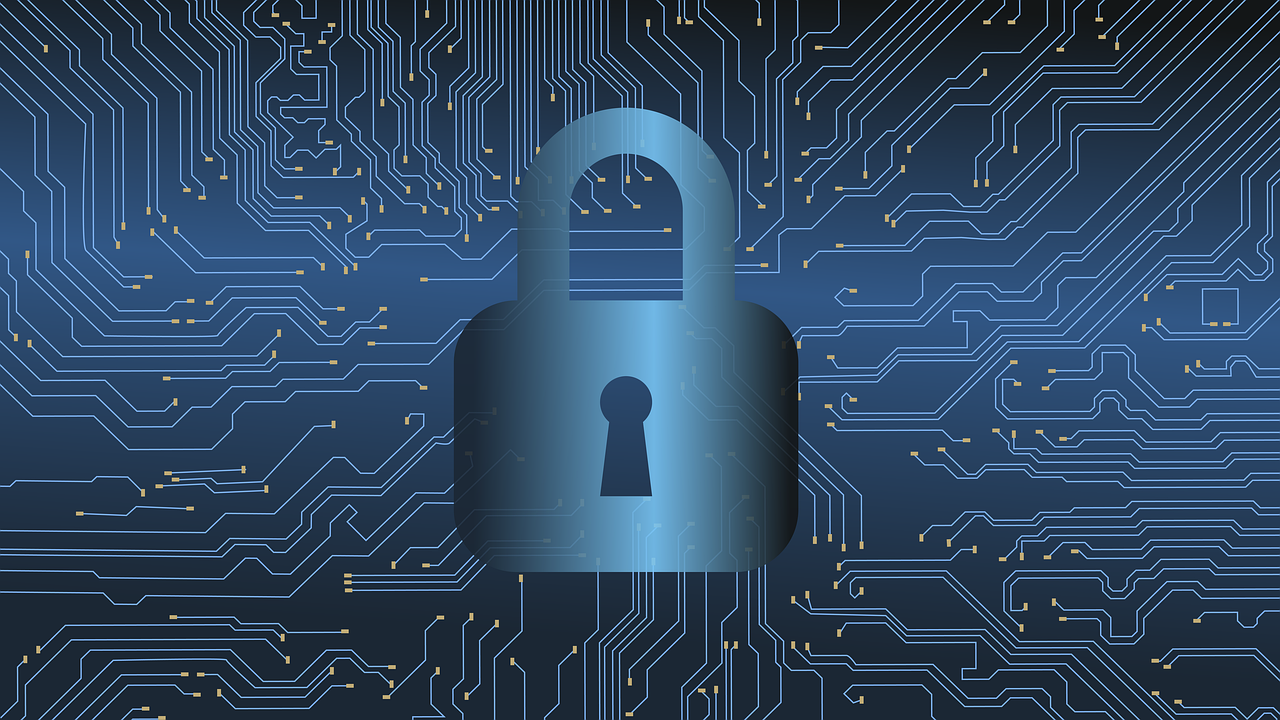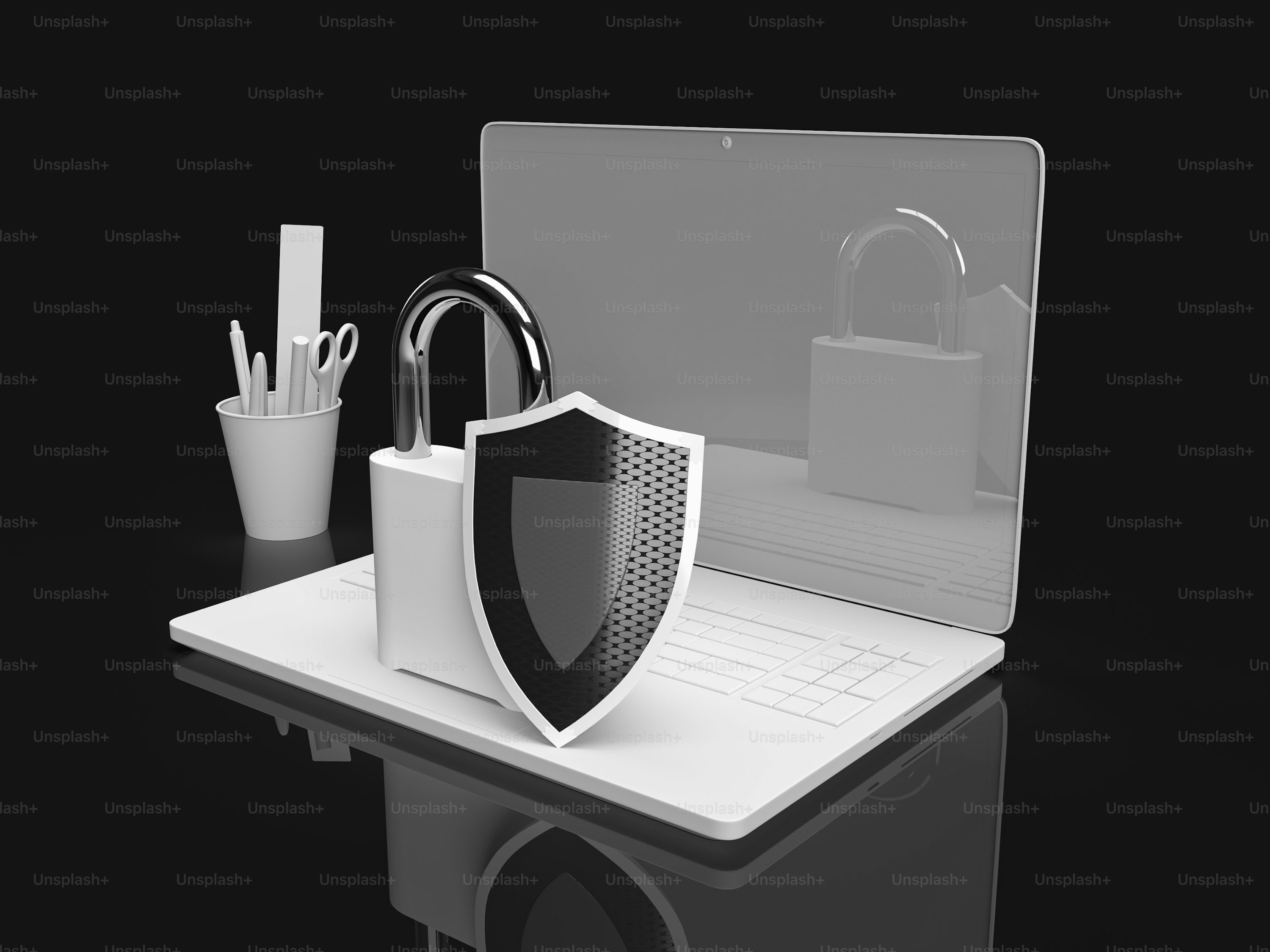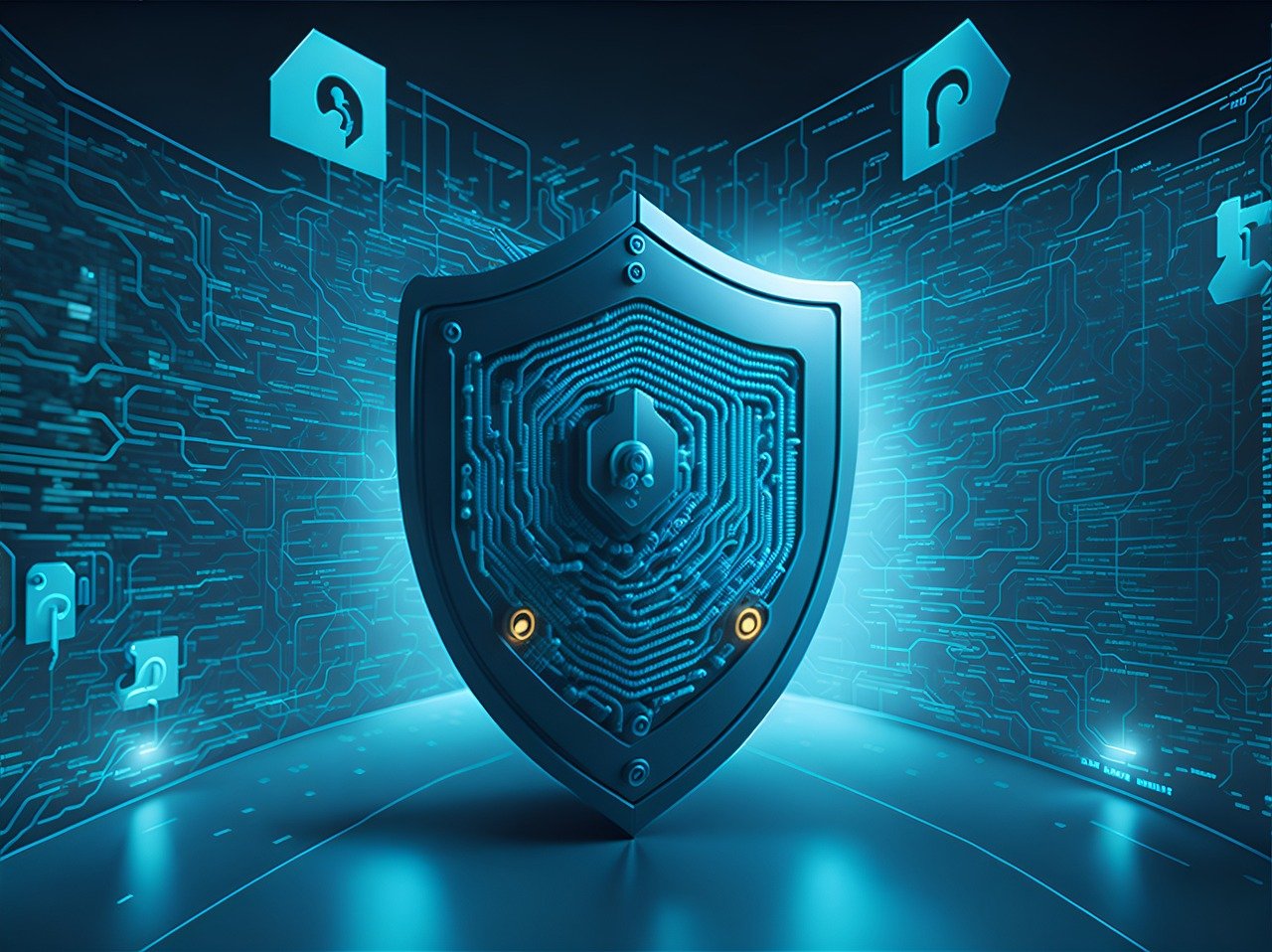Build a Cybersecurity Program
We assess your current cybersecurity program and work with you to craft a plan that addresses your most urgent and important needs, in order of priority.
Consider Guardian if:
Cybersecurity talent comes at a premium, with the demand for Chief Information Security Officers (CISOs) remaining high. Full-time CISO salaries can reach up to $1 million in total compensation, which is beyond the budget for most mid-market companies.
Meanwhile, cyber-attacks are on the rise—up 38 percent in 2022—and show no signs of slowing down. Many organizations struggle to ask the right questions or identify the correct solutions. Consequently, they often turn to resellers for point solutions, only to find they need to expand or upgrade these solutions later, draining both money and resources in the process.
In today’s digital age, the importance of a strong cybersecurity program cannot be overstated. With cyber threats on the rise, organizations must take proactive steps to protect their data, systems, and reputation.
Here’s a step-by-step guide to building a robust cybersecurity program with Guardian.

Step 1. Assess Security Posture
We assess your security posture, risk assessment level and compliance readiness.
The basic elements include identifying any risks and vulnerabilities that could affect organizational assets, as well as analyzing, evaluating, and prioritizing those risks.
We generate a gap analysis of vulnerabilities and exploits for you to review with us.
Risk Assessment and management will always be done in accordance with your business goals.

Step 2. Define Your Cybersecurity Goals
Establish clear, achievable goals for your cybersecurity program. These will align with your organization’s overall business objectives and address the specific risks and threats you face. Common goals include protecting sensitive data, ensuring regulatory compliance, and minimizing the impact of potential breaches.
Develop a Cybersecurity Framework
Choose a cybersecurity framework that suits your organization’s needs. Popular frameworks include NIST Cybersecurity Framework, ISO/IEC 27001, and CIS Controls. These frameworks provide a structured approach to managing and reducing cybersecurity risks.

Step 3. Strategic Cybersecurity Plan
Guardian delivers a robust cybersecurity strategic plan and operational program with an experienced team of CISO's to build, execute, and govern any cybersecurity policies, implemented solutions, and remediation efforts. with an experienced team of CISO's to build, execute, and govern any cybersecurity policies, implemented solutions, and remediation efforts. with an experienced team of CISO's to build, execute, and govern any cybersecurity policies, implemented solutions, and remediation efforts.
Cybersecurity strategy will always be created in full alignment with business priorities.
We create a remediation plan including tailored policies and prioritized tasks to achieve your desired level of protection and compliance and customized for your business goals. These policies will cover areas such as data protection, access control, incident response, and employee training.

Step 4. Implement Security Controls
Guardian will work with your team to implement appropriate security controls to protect your systems and data. These controls may include firewalls, encryption, multi-factor authentication, SIEM, Security Operations Center, and intrusion detection systems. Regularly test and update these controls to remain effective.
Monitor and Respond to Threats
An additional option is to implement continuous monitoring to detect and respond to potential threats in real-time. Use tools such as Security Information and Event Management (SIEM) systems to collect and analyze security data. Develop an incident response plan that outlines the steps to take in the event of a security breach, including communication protocols and recovery procedures.
Step 5. Communicate
Guardian’s vCISO is a leader who manages, oversees, and sets the strategic direction for cybersecurity. This includes strategic planning, executing plans, monitoring the implementation of cybersecurity technologies, and establishing cybersecurity policies. A key aspect is security-to-IT mapping, ensuring alignment between security and enterprise architectures, and verifying that security and IT teams, along with various MSPs, MSSPs, and SaaS services, are fully coordinated and working smoothly together.
Key factors influencing vCISO decisions and communication include:
· Understanding the mission and objectives of the business
· Understanding the customer’s risk appetite
· Reporting to and liaising with top management and the board of directors
· Communicating effectively with management
· Guiding management on how to communicate cyber-guidance to employees
Additionally, the vCISO can use reports on the state of risk to demonstrate steady improvement over time, providing tangible evidence of the value of existing services and aiding in contract renewal.
Some examples of Guardian communication to your company
Create a clear picture of security maturity and the security posture. Compile the data from your initial assessments into clear, executive-friendly reports that include technical metrics and an evaluation of the processes, people, and technology in place. Use established cybersecurity frameworks like NIST to measure the organization's security practices against industry benchmarks.
Show the current security posture and gaps to the management. Present a gap analysis to management that clearly delineates where the organization stands versus where it needs to be. This should be done in the context of the organization's risk appetite, regulatory requirements and business goals.
Identify short-term and long-term needs. Based on the gap analysis, develop a prioritized list of risks and associated remediation steps that align with business objectives, distinguishing between immediate (short-term) and strategic (long-term) needs.
Crafting Detailed reports for management that articulate successes, challenges and areas requiring attention. Reports should translate technical operations into business impacts, making it easy for executives to understand the return on their security investments.
Communicating progress once a month, ensuring transparency and maintaining the urgency of cybersecurity initiatives. We will use reports that are crafted around a standard and easy to consume.
Integrate reporting into the plan, reflecting on how the security measures contribute to the overall business strategy and risk management framework.
By investing in Guardian, you can achieve:
• Enhanced Security Posture: Proactively identifying and mitigating risks before they become serious threats.
• Regulatory Compliance: Ensuring your business meets industry standards and avoids penalties.
• Business Continuity: Maintaining operations without interruption from security incidents.
• Peace of Mind: Knowing your business is protected with 24/7 support and monitoring.”
